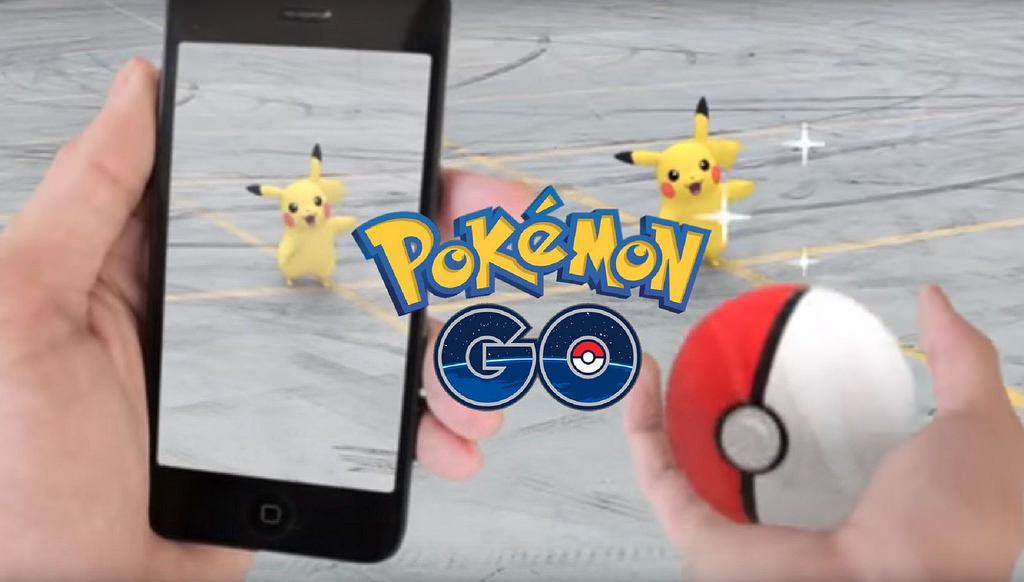How Pokémon Go changed the world of mobile

Amongst the many reasons that 2016 will go down in history is the meteoric rise in the spread of mobile gaming. For many year console-based games have ruled the roost but it would seem that they may have had their day. The figures speak for themselves. According to a major report about global gaming while overall gaming revenue will rise by 8.5% to around $100 billion worldwide this year the acceleration in mobile gaming will be a staggering 21% rising from the 2015 figure of $30 billion to $37 billion. They also predict that this figure is due to continue rising to reach $52.5 billion in 2019.
Industry experts put the soaring growth in mobile gaming down to a number of causes. Firstly, the technology behind mobile devices has now reached such a level of sophistication that the motion and graphics are as good as, or even better than, console games. Secondly there has been a huge explosion in the number of women playing handheld games such as mobile bingo and candy crush – previously console games had been the main preserve of men. But the ease and convenience of mobile play, plus the ever-expanding number of games created with the female market in mind has changed all this.
But while this may all have been happening in the background it has taken a global phenomenon to really focus both the industry’s and the public’s attention on mobile gaming and the new directions it could take – and that phenomenon is Pokémon Go.

In July of this year when Nintendo surprised the world with a brand new manifestation of its Pokémon creatures (the word, incidentally, is short for “pocket monsters”) it was a huge and immediate success.
Within a week of its release in the US, Australia and New Zealand an estimated 65 million people had taken up the challenge of finding the little monsters. Not only was this success more immediate than anyone had dared to imagine, it also caught Nintendo by surprise, causing their servers to crash on more than one occasion.
Despite the teething troubles, which were generally felt to be nice problems to have, the financial benefit for Nintendo was immediate with the company’s share price rising by 50% almost as soon as the game was launched.
Where Pokémon Go truly captured the players’ imagination was by being the first time that gaming has truly started to interact with the real world, via the rapidly emerging technology of augmented reality. As with many cultural phenomena, it was simply a game whose time had come.
Naturally this quantum leap has been a big wake-up call to any other gaming companies who have reacted accordingly. For example Sony, who had the foresight to set up a mobile gaming division called ForwardWorks Corporation in March of this year, are believed to be developing a number of titles which will hope to emulate the success of Pokémon Go.
With the growth of virtual reality the possibilities for even more sophisticated games seem endless and you can also rest assured that a great deal of thought is going into ways to generate income – whether from advertising, in game purchases or even sponsorship.
But whatever is introduced, two things are certain. Both mobile gaming and augmented reality are definitely here to stay!



